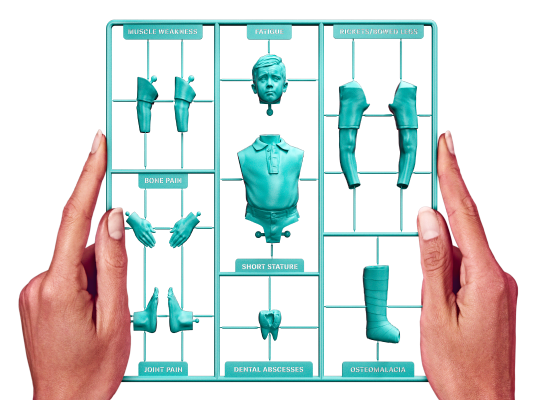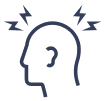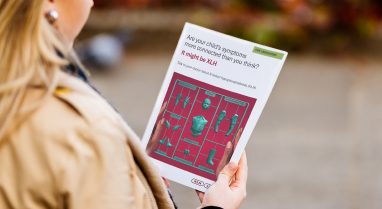What is XLH
What is XLH
Symptoms of XLH in children

XLH affects every child differently
The symptoms of X-linked hypophosphatemia (XLH) vary from child to child. They can appear at any age and can worsen or change over time. Symptoms affect children and adults differently.
Children with XLH often experience bowed legs or knock knees
One of the first signs of XLH is a weakening of growing bones. This is called rickets. This typically appears as bowed legs or knock knees when a child begins to walk and put weight on their legs. As XLH progresses, bone weakening can lead to additional signs and symptoms, including bone and joint pain as well as short stature.
Symptoms of XLH in children
Symptoms in children may include:

Rickets
(weakening of growing bone)

Osteomalacia
(weakening of mature bone)

Delayed walking

Short stature

Bone and joint pain

Bowed legs and knock knees

Irregularities in walking/balance
(gait abnormalities)

Muscle pain and weakness

Dental abscesses

Tooth loss

Irregularities in the shape of the head
(craniosynostosis)

Headaches
often due to structural defects in the back of the skull (Chiari malformations)

Fatigue

Her legs were very bowed, and I knew that something wasn’t right.”
Emily
Both she and her daughter Isla (pictured) are living with XLH
View patient storiesIf you think your child's symptoms are
connected,
take the next step:
Join the community
Sign up to receive helpful resources, get important event invites, and hear real patient stories that will support you on your journey.
Sign up

